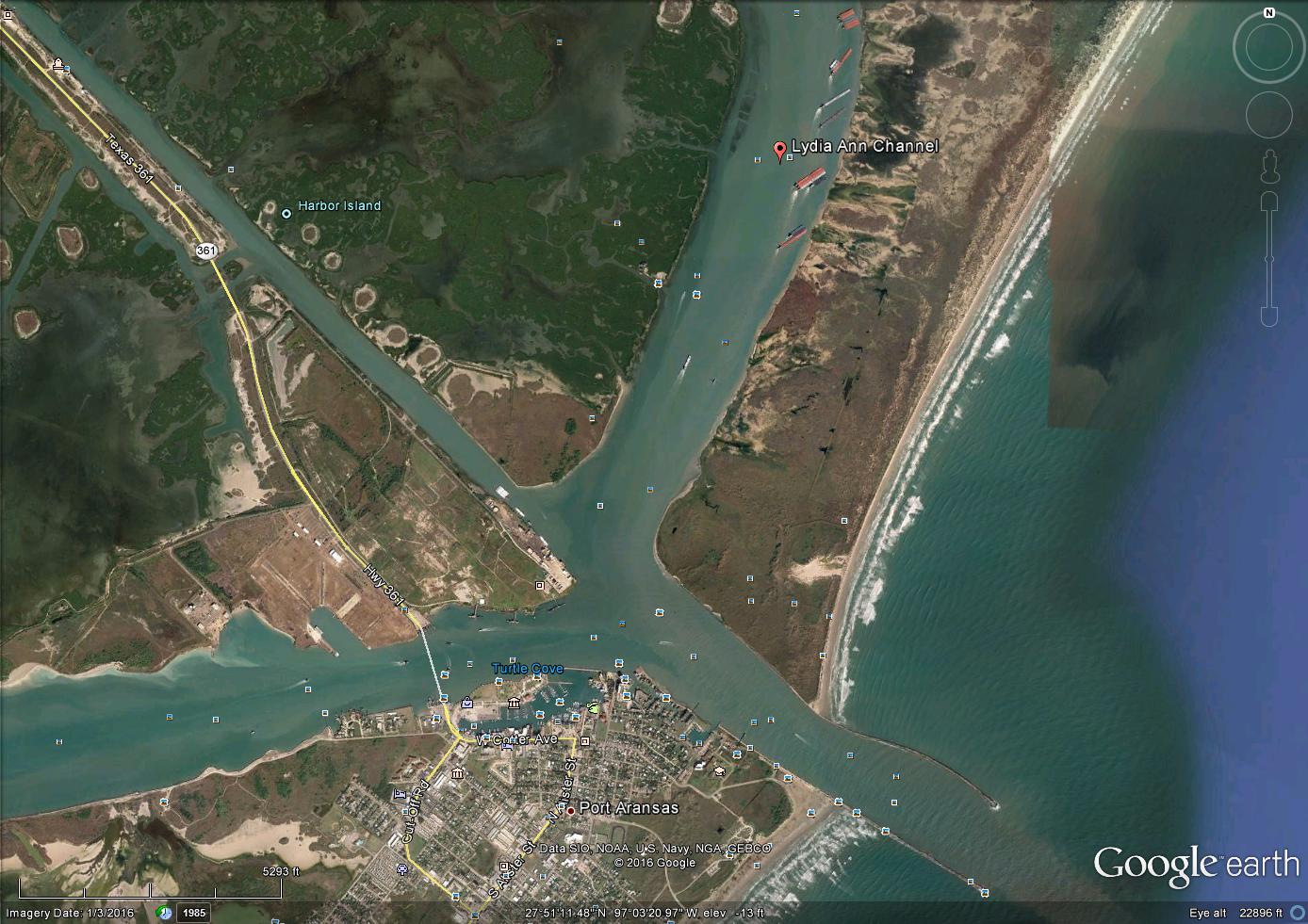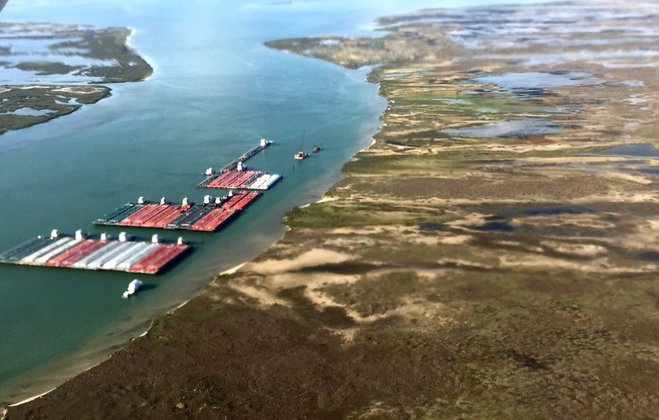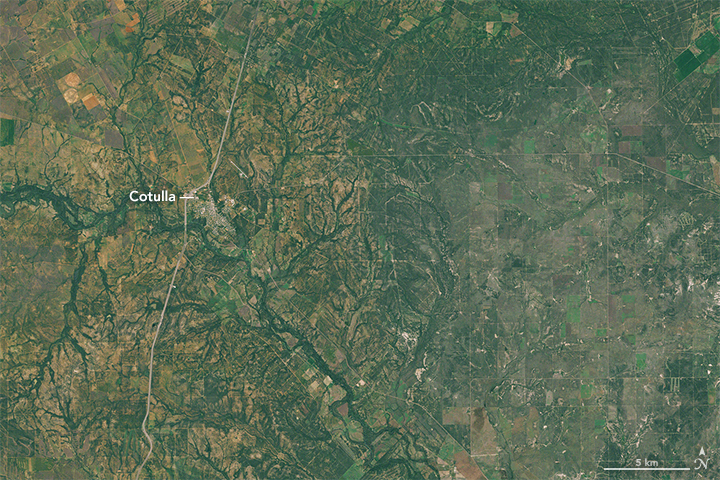The township of Dimock, Pennsylvania has been the focus of controversy over the environmental impact of hydraulic fracturing. Residents of Dimock rely on groundwater, and in 2009 they were forced to obtain alternate sources because of contamination of their groundwater that they blamed on wells drilled by Cabot. Cabot had drilled and fracked 62 wells in an nine-square-mile area around Dimock. Cabot denied, and has continued to deny, that its wells were responsible for the contamination. Dimock featured prominently in the anti-fracking “documentary” Gasland.
Last month, a case filed by Dimock residents against Cabot, Ely v. Cabot Oil & Gas Corporation, filed in 2009, finally went to trial. A large number of residents originally joined the suit, but most settled with Dimock in 2012. Cabot, represented by Norton Fulbright, vigorously fought the case with pretrial motions. The plaintiffs originally had claims for negligence, gross negligence, private nuisance, strict liability, breach of contract, fraudulent misrepresentation, and claims under the Pennsylvania Hazardous Sites Cleanup Act. By the time of trial, Cabot had convinced the judge to dismiss all of plaintiffs’ claims except negligence and private nuisance. Two families remained as plaintiffs, the Elys and the Huberts. They still live in Dimock and still truck their drinking water to their homes. The Elys and Huberts, represented by two local attorneys, Leslie Lewis and Elisabeth Radow. Their case was financed by crowd-funding and the Energy Justice Network.
During trial, the judge dismissed the plaintiffs’ negligence claim and held that potential damages in the sole remaining claim for private nuisance should be limited to “inconvenience and discomfort” cause by the nuisance, excluding any claim for mental and emotional discomfort or the cost of replacing the water. The judge also ruled that plaintiffs could not discuss before the jury consent decrees between Cabot and the Pennsylvania Department of Environmental Protection relating to the Dimock groundwater contamination.







